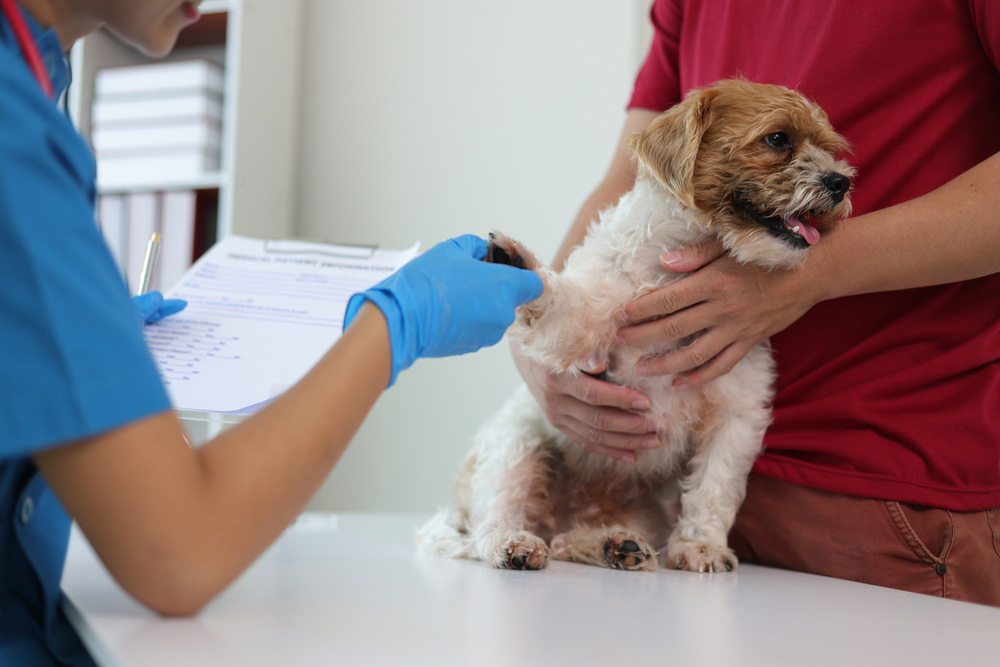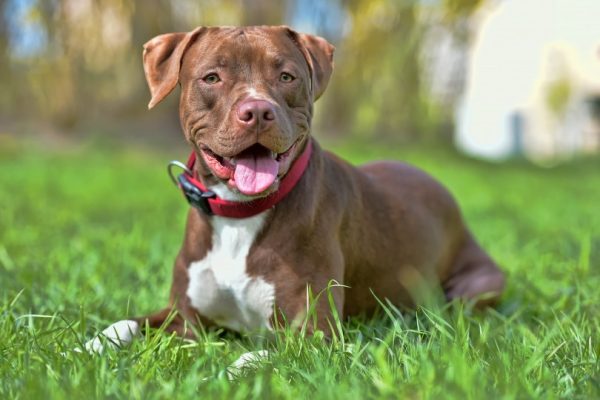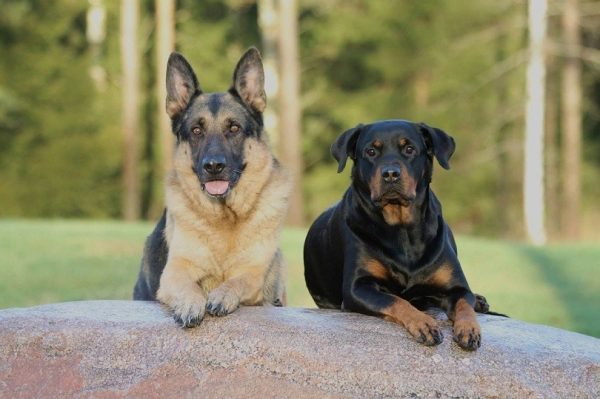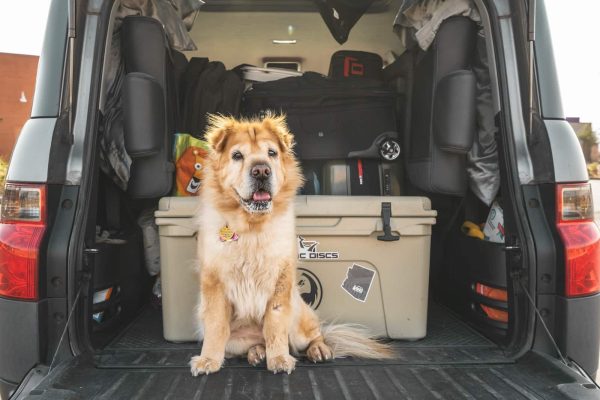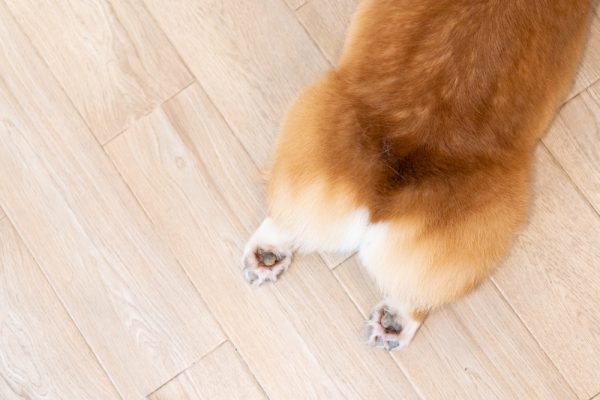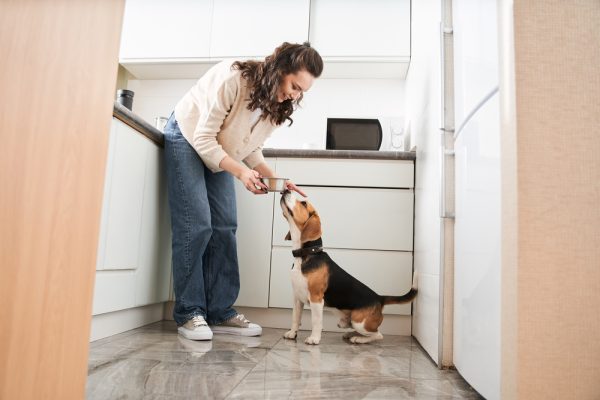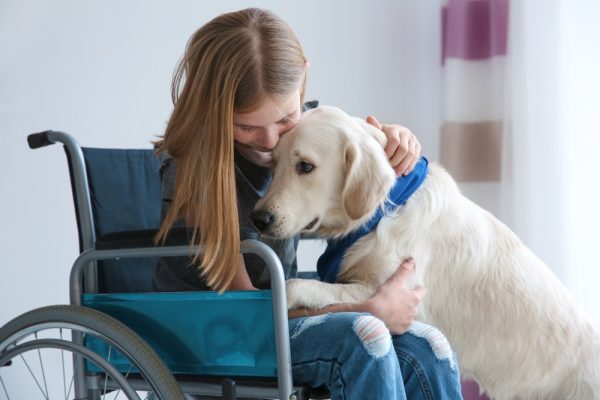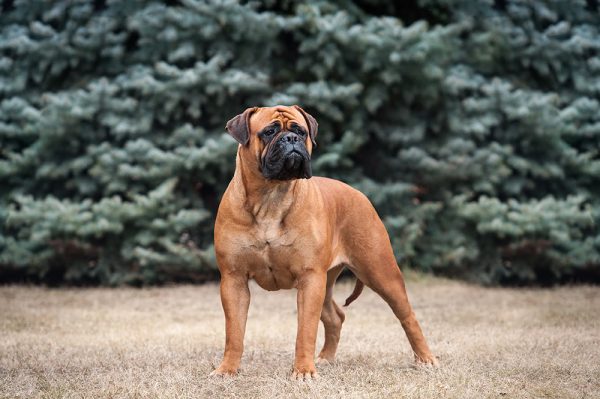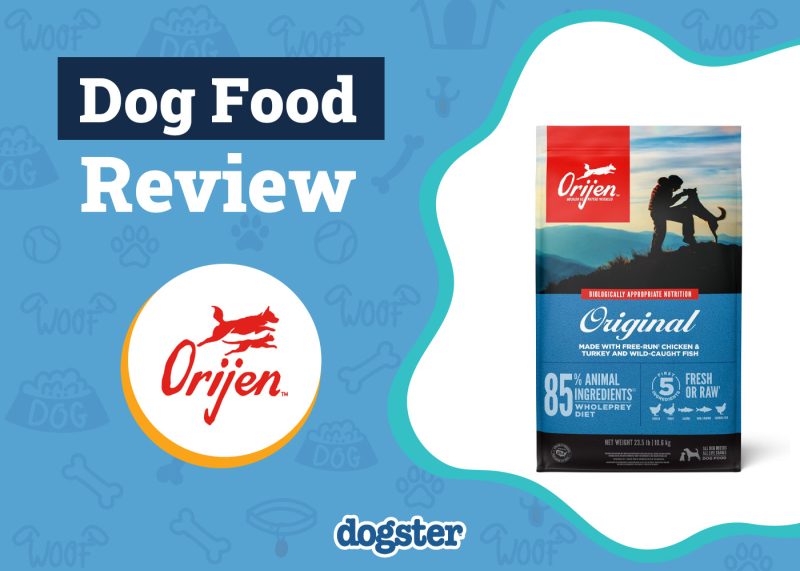In this article
View 2 More +If your dog stepped on glass and has injured their paw pad, we recommend consulting a veterinarian before taking any action mentioned in this post. While the injury may be minor, infection can set in if not treated properly, and the vet can assess your dog’s situation quickly and safely.
That said, depending on your location, it may take a bit to get your dog to the vet, and you may need to treat it temporarily to stop the bleeding or prevent further injury. In this post, we’ll discuss what to do should your dog step on glass.

The 5 Steps to Take If Your Dog Stepped on Glass
A dog’s paw pads are thick, but glass can still penetrate them. Paw pads serve many crucial purposes: they act as shock absorbers for bones and joints while running and walking, prevent slipping, insulate the feet from extreme weather conditions, and aid in navigating rough or uneven terrain. They are very vascular, meaning a small cut can cause a lot of bleeding. When a dog injures a paw pad (such as stepping on glass), the injury needs treatment as soon as possible. Unfortunately, it’s not uncommon to see broken glass on the ground, and you may not always see it to help protect your dog. Let’s check out what to do.
1. Examine the Foot
The first form of action should be to examine the foot. (Note that your dog may bite you if in pain, so you may need to muzzle them for your safety). If the glass piece is small, you may attempt to remove it with clean, disinfected tweezers. However, if there are pieces embedded too deeply to remove comfortably, take your dog to a vet or the nearest emergency vet immediately for prompt treatment. You should also contact the vet before leaving for advice on what to do to make your dog as comfortable as possible while in transport.
Did you know you can speak to a veterinarian without having to travel? Just head over to PangoVet. It's an online service where you can talk to a vet online and get the advice you need for your pet — all at an affordable price!

2. Clean the Wound
If you can, hose out the wound. Grab a bowl or bucket of lukewarm water. Place the injured foot in the bowl and swish it around to remove dirt and debris. To help clean the wound further, you may put a small dab of antibacterial soap in the water. Refrain from pouring alcohol or hydrogen peroxide on the wound, as doing so can hinder the healing process and cause your dog even more pain. If you have a saline solution, you can use it in copious amounts as a flush for cleaning the wound. Dog-safe disinfectants like chlorhexidine-based solutions can be used to kill bacteria in and around the wound.
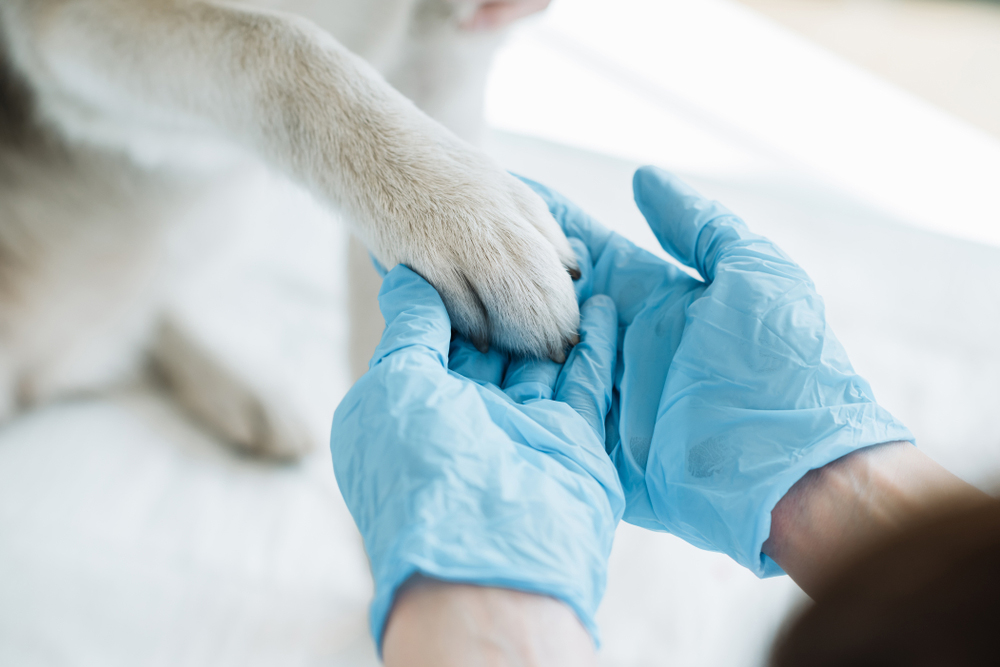
3. Control the Bleeding
If you feel you have safely removed the small piece of glass, gently apply pressure using a clean gauze pad, cloth, or towel. In some instances, a cold compress may be used to constrict the blood vessels, slowing the bleeding. Note that if you cannot stop the bleeding within 10–15 minutes, this is a medical emergency and prompt, professional treatment is necessary. We know paw pad wounds can bleed profusely, so use a dressing or a second person to apply pressure to minimize the bleeding on the way to the vet. You must take care to to put pressure on glass pieces embedded in the foot, as this will be painful for your dog and make the injury worse.
4. Apply a Bandage
Non-stick, sterile gauze pads are ideal in this situation. They provide cushion for the injured paw pad and absorb blood well. They also help decrease the pain associated with the injured paw pad while walking. You must keep the gauze in place using a self-sticking wrap. A layer of cotton bandage underneath this can make the dressing more comfortable. Some dog-safe wraps contain a bitter taste to discourage your dog from licking and chewing the wrap off.
Ensure you wrap your dog’s injured foot from the toes to the hock or carpus to keep the gauze in place and help reduce swelling in the toes. The wrap should be snug but not too tight—you should be able to place two fingers between it and your dog’s foot to avoid cutting off circulation. Keep in mind that your initial bandage will just need to last until a veterinary appointment, hopefully not more than a few hours. Complications of improper bandage use include cutting off circulation, necrosis, infections, and rubbing injuries. Follow the veterinarian’s bandage care guidelines like how often to change and keeping the wrap/bandage dry by taping a plastic bag over it while your dog walks on wet grass.
5. Schedule a Veterinary Appointment
Since your dog has a bleeding cut, it should be assessed by a veterinarian. The treatment for small cuts may be simply some antibiotics to prevent infection and pain relief. Some cuts may need dressing with a bandage until they heal. As discussed above, this should be under professional guidance. More severe cuts may require surgery to suture the skin edges together until they can heal.
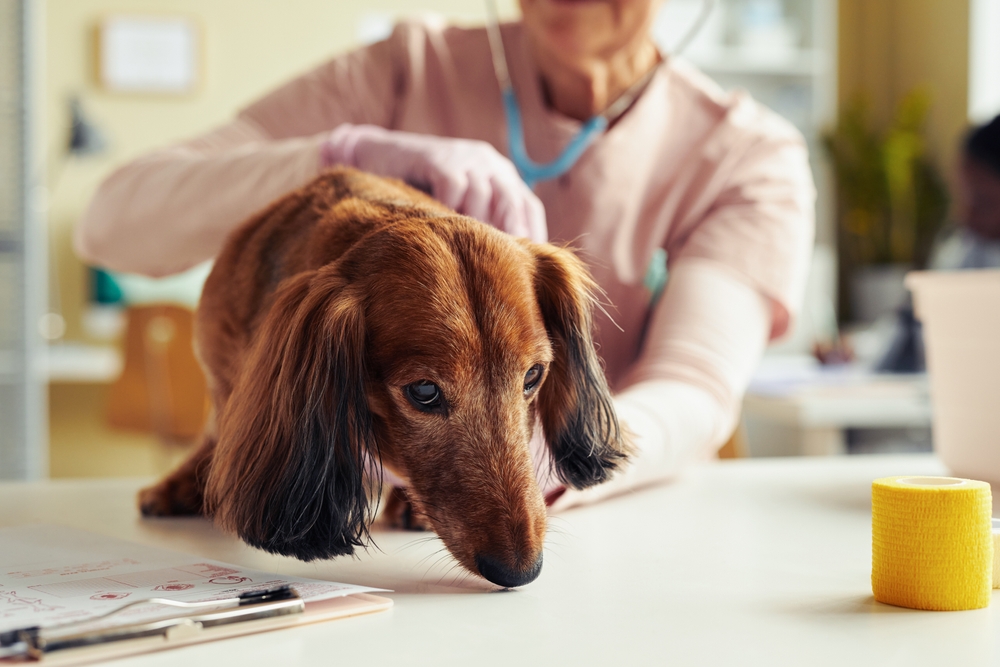

Keep a First-Aid Kit Handy
If you’re a dog owner, it’s important to keep a first-aid kit handy for such situations. Here are a few essentials to have in your doggie first-aid kit:
- Soft muzzle
- Gentle soap or saline solution
- Clean gauze
- Non-stick sterile wrap/bandages
- Self-adhesive tape
- Scissors
- Tweezers (ensure to sterilize first)
- Spray bottle
- Antimicrobial/antiseptic spray
- Clean towels
- Cotton balls
- Magnifying glass
- Syringes
- Flashlight
How Can I Protect My Dog From Stepping on Glass?
The best course of action is to survey areas where your dog frequently walks or runs and keep them free of harmful objects. Be on the lookout for broken glass during a walk, especially on grass. Glass is more obvious on pavement and may be harder to spot on grass, but you should still access the area before allowing your dog to walk in a particular area. A rule of thumb is that if the area doesn’t look safe for you to walk, your dog shouldn’t walk there either.

Conclusion
Accidents happen, and your dog stepping on glass or other potentially harmful objects can cause injury. Remember that the first step is to contact a vet, even for a minor injury to the paw pad. For severe injuries, contact your local emergency vet and call them before heading out to see what you can do to make your dog more comfortable for the ride.
Remember to keep a first-aid kit handy to prepare for such incidents and keep the areas your dog frequents free from glass, debris, or other harmful objects.
Featured Image Credit: Wasan Tita, Shutterstock
